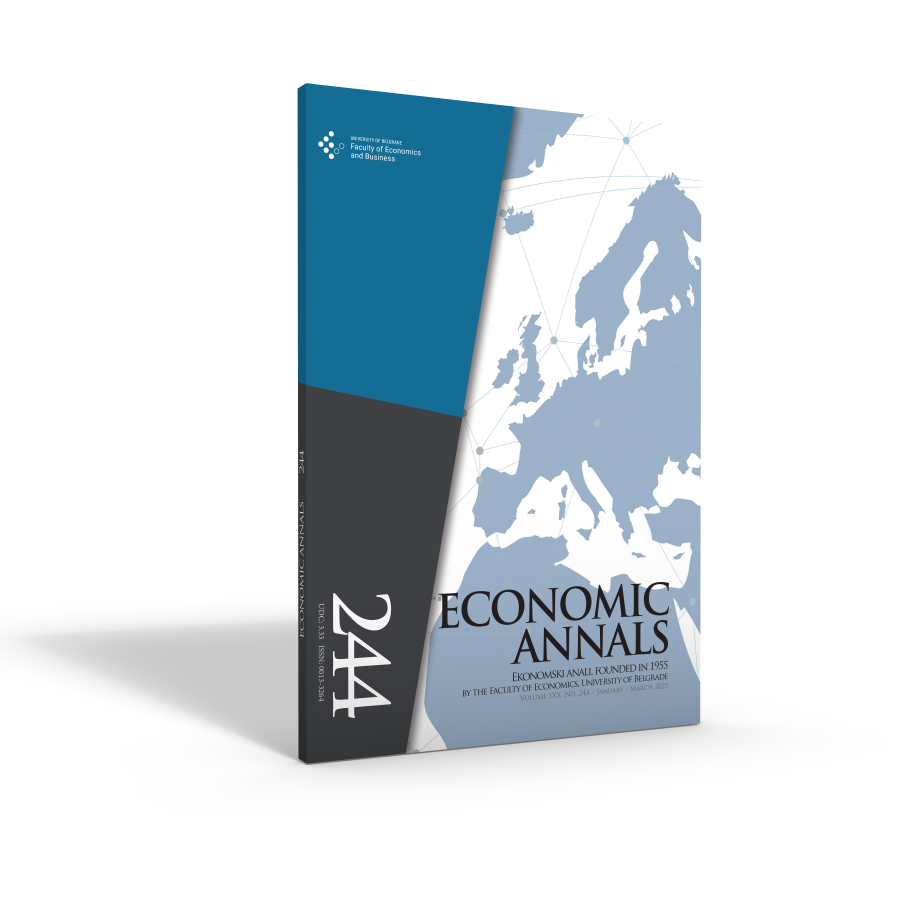THE INVERTED N-SHAPED RELATIONSHIP BETWEEN ECONOMIC GROWTH AND CO2 EMISSIONS: EVIDENCE FROM OECD COUNTRIES
##plugins.themes.bootstrap3.article.main##
##plugins.themes.bootstrap3.article.sidebar##
Nazmiye Tekdemir
Abstract
Modern economic growth has led to increased levels of international trade, large-scale industrialisation, and major technological advancements, resulting in substantial negative externalities on a global scale. Among these, environmental degradation has emerged as a significant global public bad. Balancing economic growth objectives while addressing environmental challenges remains a critical issue for modern society. This study examines the relationship between economic growth and environmental degradation across 33 OECD countries during the period 1996- 2015, employing a fixed effects model with the Driscoll-Kraay standard error estimation approach. The analysis reveals an inverted N-shaped relationship between economic growth and CO₂ emissions, contradicting the conventional environmental Kuznets curve theory. The results also show that renewable energy consumption and stronger institutional quality help reduce CO₂ emissions, while non-renewable energy consumption and higher levels of industrial activity have the opposite effect.
##plugins.themes.bootstrap3.article.details##
environmental quality, global public bad, EKC hypothesis, renewable energy, institutional quality


 https://orcid.org/0000-0001-6351-0583
https://orcid.org/0000-0001-6351-0583